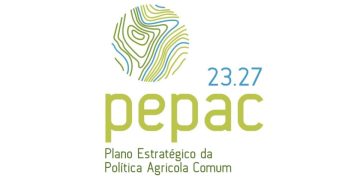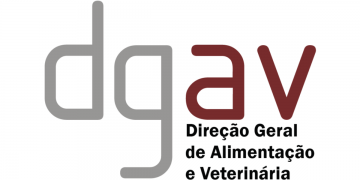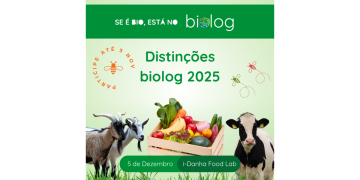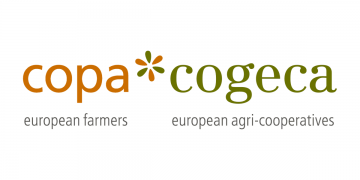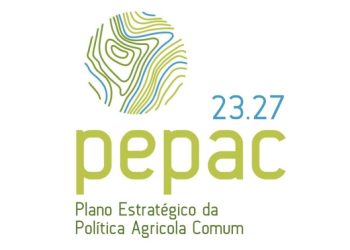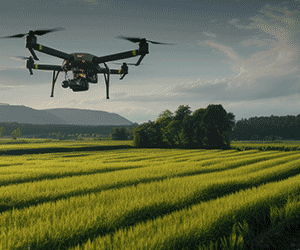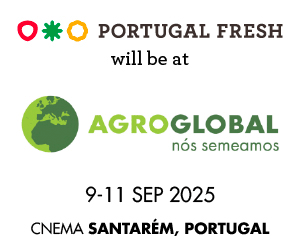Main findings of the April global overview
- The main agricultural season is ending in Southern Africa, with the harvesting of summer crops having started in April. At the regional level, average levels of cereal production are expected (Food and Agriculture Organization’s Crop Prospects and Food Situation – Triannual global report (March 2025)). However, reduced yields are expected in Malawi, Mozambique and Zambia. Pastoral conditions are favourable in most parts of the region; however, ‘rising cases of livestock diseases continue to pose challenges in Botswana, northern South Africa, and parts of Namibia’ (agromet update by the Southern African Development Community).
- In East Africa, a rainfall deficit in April negatively affected crop development in most bimodal and unimodal areas. The Intergovernmental Authority on Development (IGAD) Climate Prediction and Applications Centre regional rainfall forecast for May to July shows wetter-than-average conditions across most of the region; this is expected to support crop recovery. Drier-than-average conditions are expected in isolated areas in Ethiopia and South Sudan and parts of southern Somalia. Acute food insecurity remains alarmingly high across the region, with over 41 million people across six IGAD member states – Djibouti, Kenya, Somalia, South Sudan, Sudan and Uganda – in Integrated Food Security Phase Classification phase 3 or worse.
- In West and Central Africa, the season’s first maize planting started in the southern bimodal parts of the region, along the coast of the Gulf of Guinea. A slight delay to the planting season is observed in some of the Middle Belt states of Nigeria and in parts of Benin, Ghana and Togo. The Copernicus Climate Change Service multimodel seasonal rainfall forecast for May to June 2025 indicates average conditions in the central and eastern parts of the region, whereas drier-than-average conditions are forecast for the western and south-western parts of the region.
- In the Middle East, prospects for winter cereals are mixed: biomass levels are average to above average in Iran, close to average in Iraq and very poor in Syria. In Yemen, the harvesting of irrigated wheat is ongoing, with good prospects. Similarly, in North Africa, prospects for winter cereals are mixed: biomass levels are close to average in Algeria, very poor in Morocco and above average in Tunisia. Western Algeria and Morocco have suffered from very dry conditions since the start of the season, and it is unlikely that winter cereals have recovered thanks to the recent rainfall.
- In Central Asia, biomass levels of winter wheat and barley are close to or above average, and production prospects are favourable. In Afghanistan, the harvesting of winter wheat is under way, with good prospects except in the north-west region (from Jowzjān to Bādghīs), which has experienced below-average rainfall since November. In South Asia, the harvesting of rabi crops (irrigated winter wheat and barley) concluded in Pakistan, while in Bangladesh the harvesting of boro rice is under way; in both countries, prospects are favourable. In Sri Lanka, the planting of second-season yala rice is under way under close-to-average or above-average moisture conditions. In North Korea, there is ample moisture to enable wheat and barley to be harvested in June, benefitted maize that was sown in April and rice to be transplanted in May–June, and these wetter-than-average conditions are expected to persist until the end of July.
- In Latin America and the Caribbean islands, rainfall conditions over the past month have supported the normal development of crops in the sowing stage. However, Bolivia and Ecuador have recently been affected by severe flooding. Favourable harvests are expected for maize, rice and potatoes in Cuba, for rice in Colombia and for various crops in Bolivia, Ecuador and Peru. However, localised areas may experience reduced yields (e.g. in Bolivia and Ecuador due to flood-related damage) or decreases in planted areas in Peru.
The next assessment is scheduled for the end of May 2025.
O artigo foi publicado originalmente em JRC.



